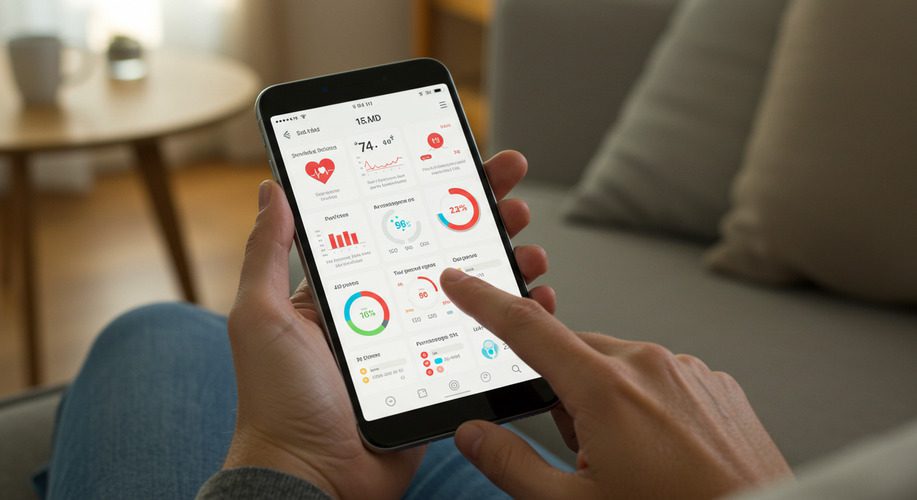
Article
Navigating FDA’s Proposed AI/ML Framework for SaMD
This post was previously on the Pathfinder Software site. Pathfinder Software changed its name to Orthogonal in 2016. Read more.
In today’s fast evolving healthcare landscape, organizations are increasingly adopting patient centered care to remain competitive in the field. One big part of this strategy is to develop software that is designed with the patients in mind. A patient centered software design is a process in which the needs, wants and convenience of the patients are given attention to in great details at every stage of the design. The goals are to provide accountable and value-based care, which is crucial for the long-term success of a healthcare organization.
Designing patient centered software requires carefully analyzing patients’ needs and wants, how they are likely to use the software and testing it in real or simulated world situations before making it available for actual use.
But what does patient care actually entail? It entails the active involvement of patients and their families in care model design and decision-making about treatment options. It is defined as “Providing care that is respectful of and responsive to the individual patient preferences, needs and values and ensuring that patient values guide all clinical decisions.” This goal can be achieved only with the active involvement of the patient at every level of care.
The five attributes of patient centered care are (1) “Whole-person” care, (2) coordination and communication, (3) patient support and empowerment, (4) ready access, and (5) autonomy. This makes it clear that patient centered care is not just about educating patients about diagnosis and treatment; it is about empowering the patients, but without giving them the freedom to do whatever they want. Therefore, the software should be based on relevant research methodologies and reflect these attributes.
Since patients are more likely to adopt only software that is designed to meet their specific needs and avoid ones that do not enhance their care experience, patient centered software design should likely incorporate many or all of the above attributes for successful implementation. Therefore, while designing the software, special attention must be given to user friendliness (easy logging, navigation, maintaining of data already entered), interface aesthetics, availability of tools and support features.
Right from the research phase to the development and testing phase, user experience designers, user interface designers, and software developers must involve patients and other users directly. By talking to patients through the design process helps eliminate features that aren’t useful and make those that are more so. The challenge though is often how do you design and develop in a way that allows you to get products to market faster. An essential way to accelerating your product timeline is by finding and eliminating waste. By waste I mean lots of features that aren’t needed, aren’t validated, and won’t get used.
Regardless of what software development methodologies are used, the main goal of patient centered software design should be a high level of patient engagement. Studies have shown that patients who are actively engaged in their own treatment have a better chance of improvement and recovery. In order to make this happen, the software must have a user-centered design that the users can use with minimum training and behavior modification.
Related Posts

Article
Navigating FDA’s Proposed AI/ML Framework for SaMD

Article
Improving Patient Engagement with SaMD Solutions

Article
Ensuring Cybersecurity in SaMD-Telemedicine Integration

Article
Integrating SaMD with Telemedicine Platforms